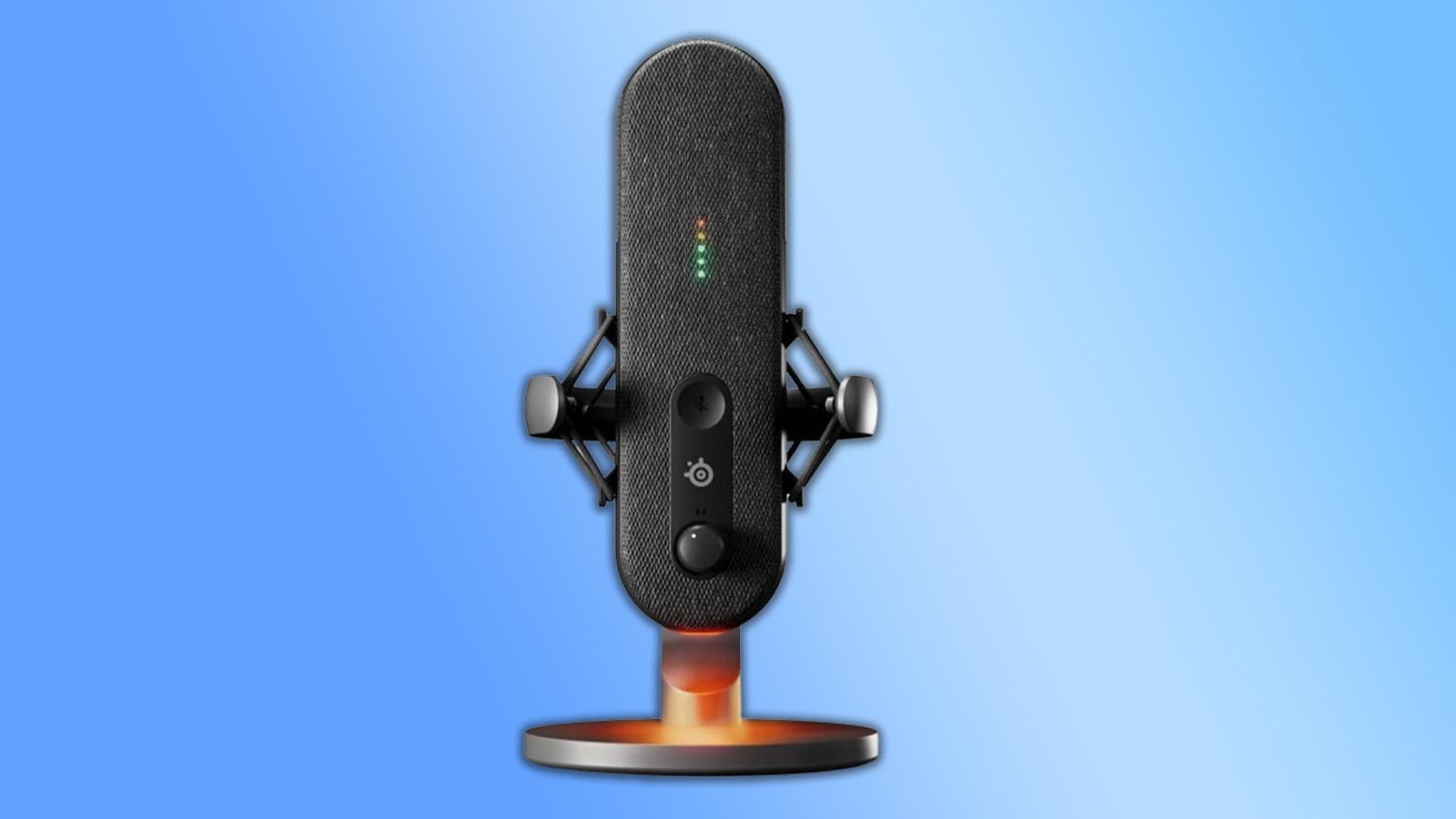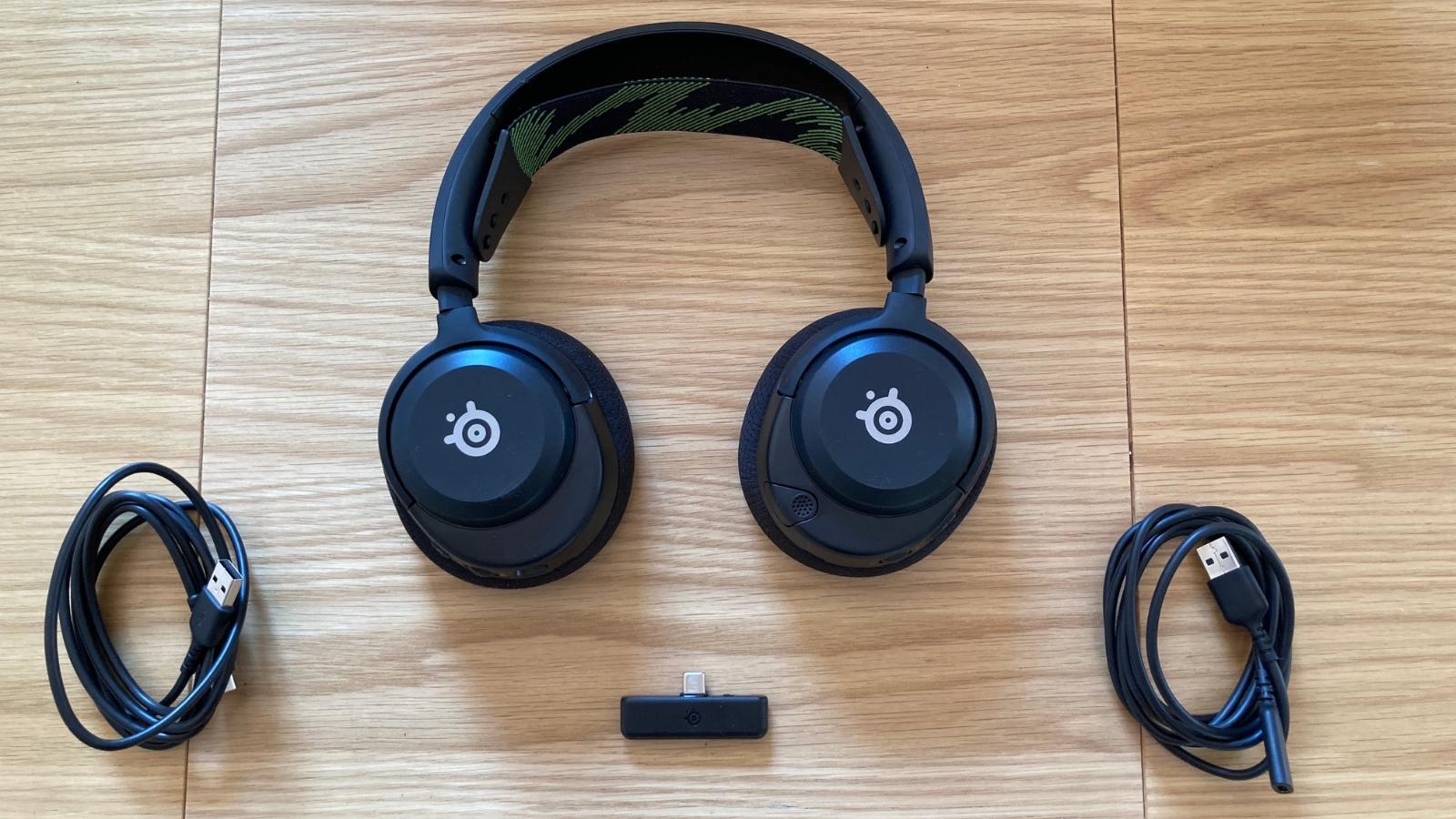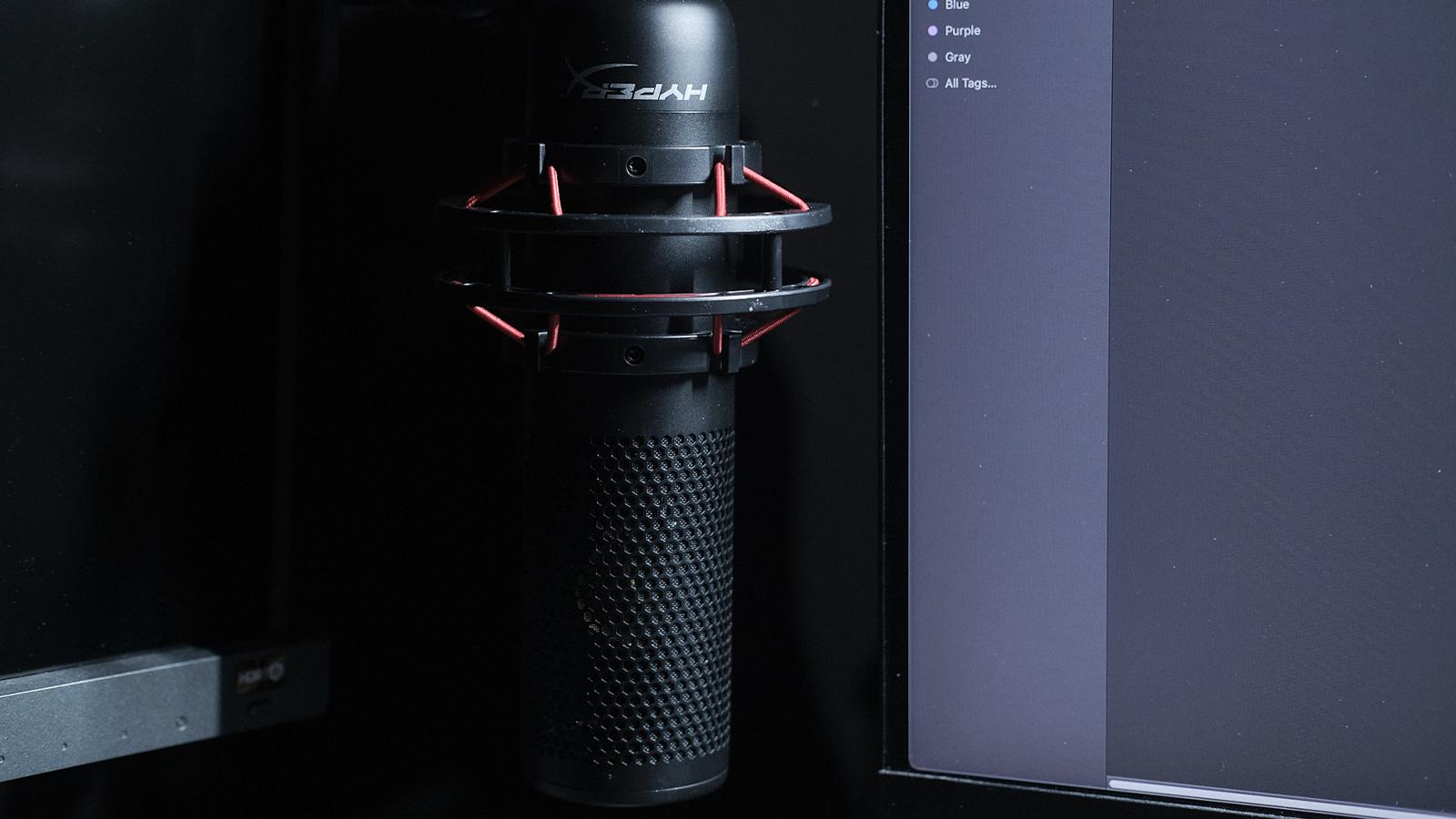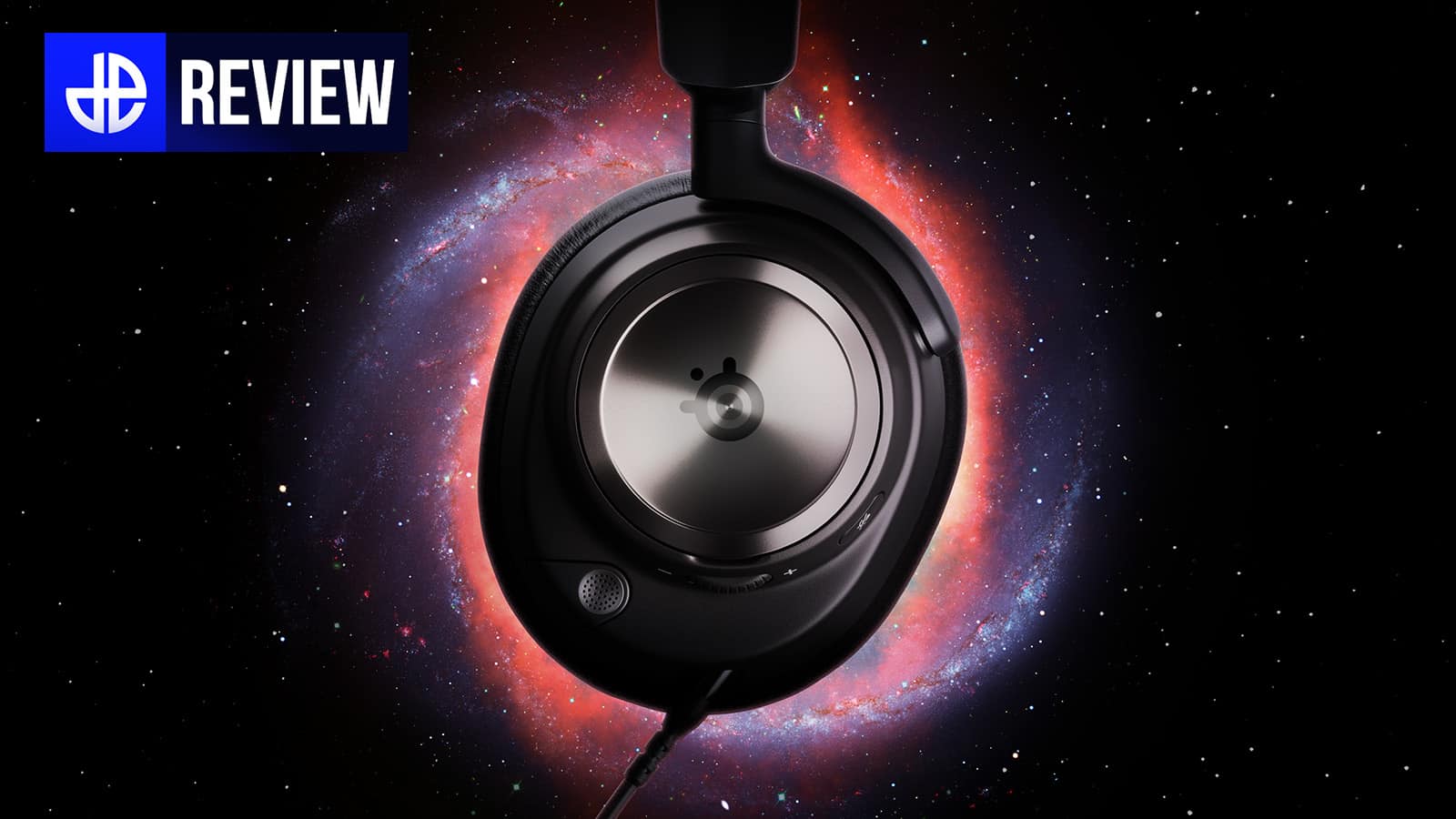SteelSeries Alias Pro review: XLR made simple
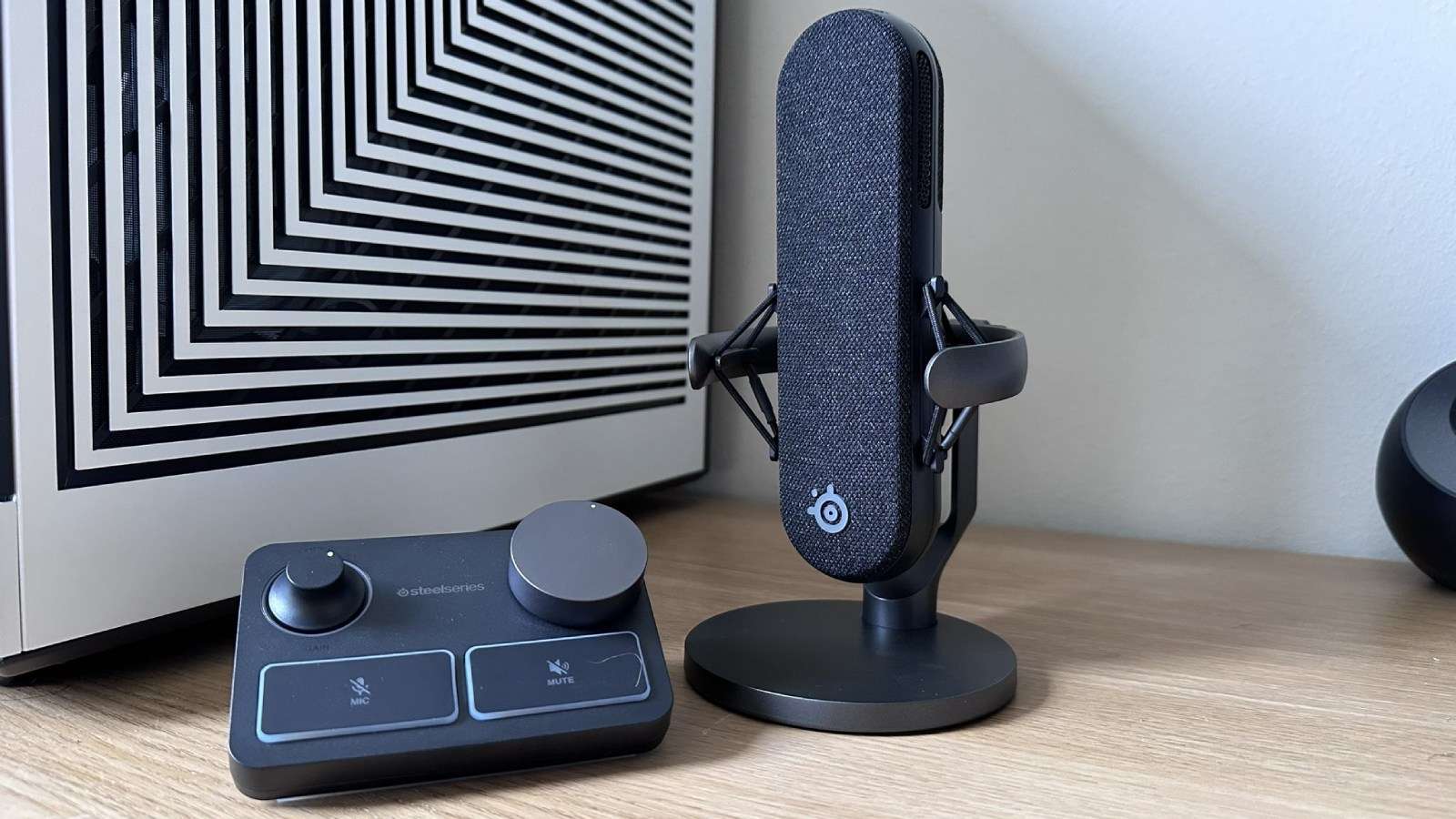 Dexerto
Dexerto The SteelSeries Alias Pro stands to offer its users, and prospective streamers all the benefits of XLR, without any of the headaches. But, is it really worth its price tag?
When SteelSeries invited me to their Copenhagen HQ to check out a brand-new line of products, I suspected that the company might be veering into the streaming space, and I was proven to be correct. With their robust line of Arctis Nova headsets, it just seemed like the next big frontier for the Danish PC peripheral giant.
But, the company isn’t doing things by half measures, the Alias and Alias Pro are both higher-end options in the competitive streaming microphone market, with the Alias boasting a USB-C connection, while the Alias Pro offers an XLR solution, complete with its own included mixer.
Given that there are so many complexities to your streaming setup, SteelSeries has also tried to simplify absolutely everything, with a dual-USB-C input on its mixer, so you’re ready to send audio over to your streaming PC without any hassle. But, does it really manage to adequately dumb down everything for an audio noob? I had my hands on the microphone, and I’m ready to give you the lowdown.
Key specs
● Microphone type: Condenser (25mm)
● Audio quality: 24bit / 48kHz
● Polar pattern: Cardioid
● Frequency Response: 50Hz – 20kHz
● Connector: XLR (With Interface)
● Mounting: Included stand or boom arm (adapter included in box)
● Features: Included mixer with XLR Pre-amp with Phantom Power, Dual-USB, AI noise reduction, multi-channel effects, stream rerouting
● Price: $329.99
Design
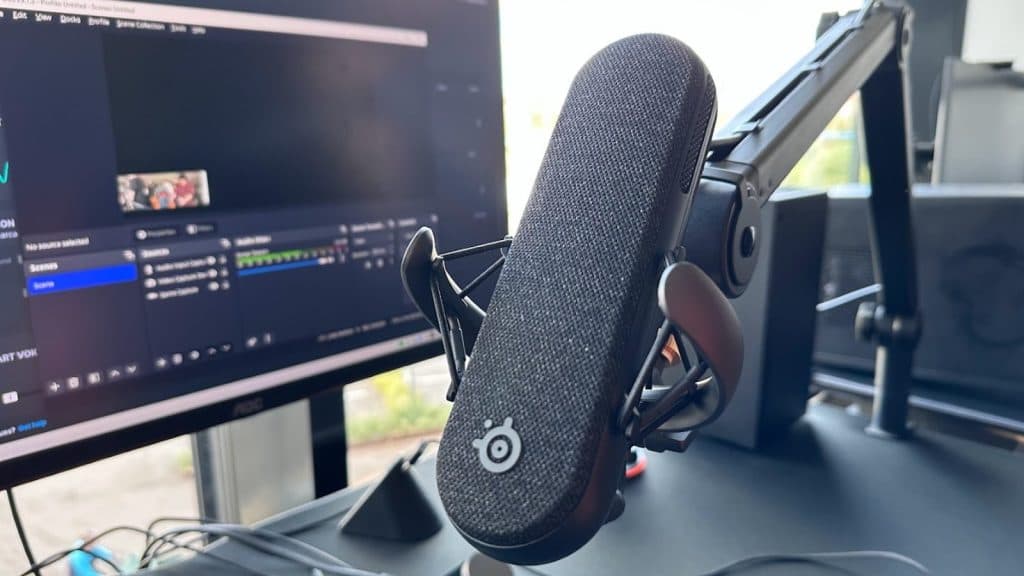 Dexerto
Dexerto The SteelSeries Alias Pro mic might be one of the best-looking XLR microphones on the market. Boasting a cylindrical design, there’s a fine fabric mesh over the front side of the Cardioid condenser mic here, making it feel a hell of a lot more friendly than other mics that I have tested in the past. As such, it fits in much more well with my overall home setup. It’s a nice touch that I’ve seen done well before on Google’s home devices, and the same goes for this, too.
The Alias Pro mic itself comes with a tensioned shock mount, which managed to block out any nudges and bumps during our testing. However, the metal prongs holding the mic in place are betrayed by a cheaper plastic stand, which would be totally indistinguishable from the metallic sheen, until you pick it up. I would have liked SteelSeries to incorporate a more robust default mic stand here, as it just seems like a small shortcut in an otherwise amazingly premium-feeling microphone. Of course, if you want to detach the mic from the stand, an adapter is also included in the box.
Inside, the microphone houses a larger Cardioid driver, allowing for crisp and clear sound, to boot. When powered on, you also get a clear microphone indicator via LEDs that peek through the fabric, which is a lovely little touch, which shows you when your audio peaks, or if the microphone is indeed muted.
XLR interface
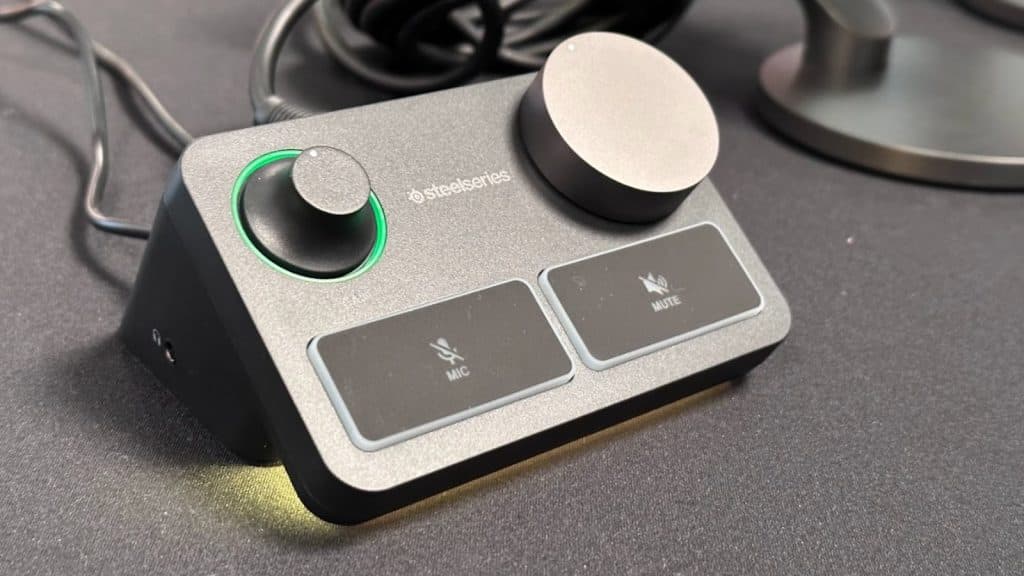 Dexerto
Dexerto The XLR interface included with the SteelSeries Alias Pro is relatively no-frills, but is also packed with features, and leaves a relatively low profile on your desk. The plastic construction is complemented by lovely rounded edges, with two different knobs on the front to quickly adjust your master and mic audio.
Two soft rubber buttons toward the bottom are designated by default to mute your game audio and microphone, while at the rear, things get much more interesting.
Firstly, you get access to an XLR input, fully equipped with 48V phantom power, with an extra LED for its status. You also get a 3.5mm line out port, in addition to a dedicated power button, power plug, and dual USB-C ports. You can easily hook up the interface to one PC with the first port, and then send over mixed audio to another if you have a dedicated streaming PC.
It makes for a no-frills, cut-down XLR interface, which is especially welcome, as a relatively high-end audio noob. The Alias Pro bundle gives you everything you need to make that jump up to crystal-clear audio.
Setup
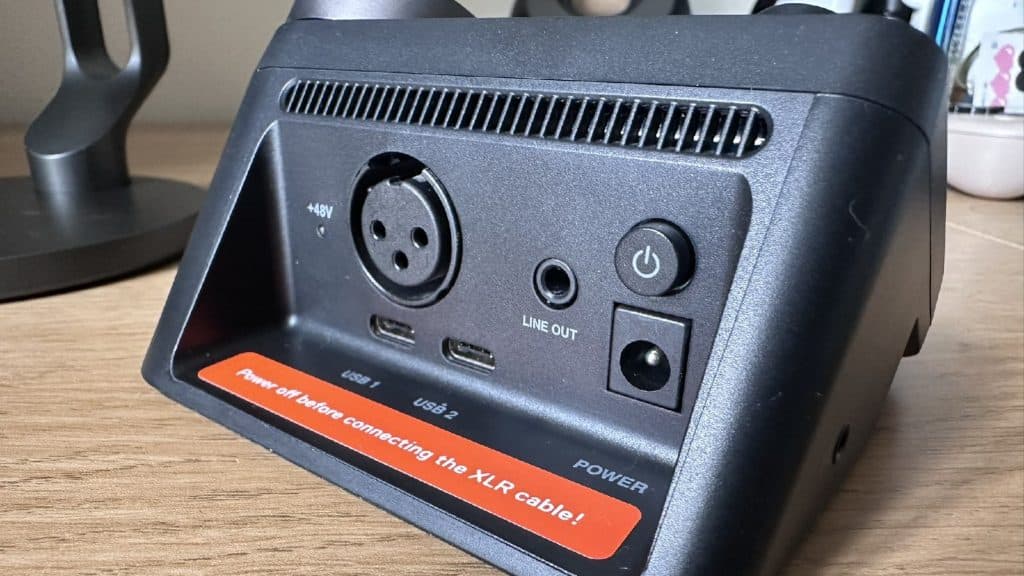 Dexerto
Dexerto Setting up the Alias Pro is a little bit more involved than just plugging it in via USB. Here, you will need to arm yourself with a bundle of cables to first set up the included XLR interface, ensuring that you have everything powered off before plugging in the Alias Pro Microphone.
After setting everything up, with audio from my personal PC heading over to the Streaming PC, there were a total of four cables, including the hefty XLR. From here, we installed SteelSeries Sonar for Streamers, in a beta branch of the software. Here, we were able to configure just about anything and everything, including where our audio was being sent across.
Features
One of the biggest elements of the SteelSeries Alias Pro microphone and XLR setup is the robust Sonar for Streamers application. While some might be familiar with the stock Sonar experience, Sonar’s Stream Mode allows you to configure additional options in your audio mixer, allowing you to mix every audio source, including your PC to it. Then you can submix all of your sources straight from there too. This audio then gets sent over to the second USB-C port on the mixer, if you have a separate PC, bundling it all together in one place, without having to mess around with OBS’s settings.
Here, you can also set up simple noise gates in addition to access to single-click presets which allow you to tune your microphone’s audio output. You can also expect to find common mic effects like a compressor and AI noise cancellation, which works surprisingly well.
Sonar for Streamers is interesting enough to warrant its own article, but given that we have limited space here, I was able to navigate around and set up a working stream that sounded great, with several audio sources from the game, and a microphone in around 5 minutes.
Microphone quality
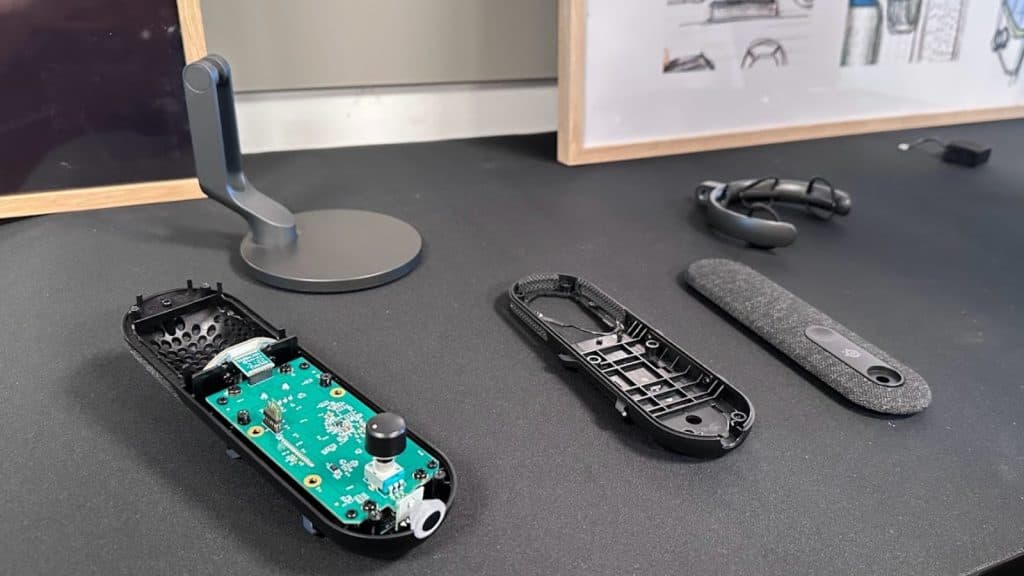 Dexerto
Dexerto With our setup all ready, we were finally ready to record. The preamp worked as intended, with enough phantom power to get good audio out of the microphone. What we heard from its output was absolutely stellar. Thanks to the larger microphone and assistance from SteelSeries Sonar, the audio we managed to get out of the microphone was broadcast-level quality almost immediately.
While you might also be able to use the mixer with other microphones, the Alias Pro manages to help you get invested in the world of professional audio without completely breaking the bank with higher-end equipment. The crisp and clear audio was a notable step above the microphones we have used before from rival brands Razer, and HyperX, both of which were powered via USB, not XLR.
There is a notable step up in quality here, which is even noticeable to me, a relative audio noob.
Should you buy it?
The SteelSeries Alias Pro is a fantastic first foray into the world of streaming audio from the company, offering a competitively priced bundle that offers everything you need to really step up your streaming. While it’s not an entry-level device, it certainly offers a robust offering for those looking to make the jump to higher-quality audio, without the hassle, and without all of the fuss of having to purchase a separate mixer.
The Verdict: 5/5
Thanks to additions like the excellent Steelseries Sonar Streaming Mode, everything in our experience was made incredibly smooth. While there are several elements that the company didn’t get quite right, such as the materials in the included stand, the overall package could be the first, and last XLR mic setup you need to buy, especially if you are just looking for high-quality streaming audio.
If you click on a product link on this page we may earn a small affiliate commission.
